



Communication Manager Ethernet Chip
With the rapid development of information technology, Communication Management Units (CMUs) are becoming increasingly vital in modern network systems. As core components for network management and control, CMUs are responsible for coordinating and optimizing network operations to ensure efficient and reliable data transmission. In CMUs, Ethernet chips play a crucial role, as their performance directly impacts the overall efficiency and stability of the communication management unit and the network.
Basic Functions of Ethernet Chips in Communication Management Units
Ethernet chips are key components within CMUs, primarily responsible for data reception and transmission, as well as connectivity with other network devices. They typically integrate both physical layer (PHY) and data link layer (MAC) functions, converting data packets from the network into electrical or optical signals to ensure stable transmission across the network.
In modern CMUs, Ethernet chips must support high bandwidth and fast data transfer while maintaining compatibility and stability. They also need to handle various network protocols, including IPv4, IPv6, TCP/IP, to meet the demands of different network environments. Additionally, Ethernet chips should support multiple data processing functions, such as flow control, packet filtering, error detection, and correction, to ensure reliable and secure data transmission.
Technical Challenges
- High Bandwidth and Low Latency: With the rapid increase in data traffic, Ethernet chips in CMUs need to support higher bandwidth and lower latency. Modern Ethernet chips often need to handle data transfer rates of 1Gbps, 10Gbps, or even higher. This imposes high demands on chip design, including high-speed data processing, effective buffering management, and low-latency transmission mechanisms.
- Signal Integrity and Interference Resistance: Signal integrity and interference resistance are crucial in high-speed data transmission. Designers need to ensure that Ethernet chips can effectively suppress electromagnetic interference, signal attenuation, and crosstalk to prevent data errors and transmission interruptions. Advanced signal processing techniques and noise suppression measures are often employed in chip design to enhance data transmission stability.
- Multi-Protocol Support and Compatibility: CMUs often need to support multiple network protocols and standards. Ethernet chips must have high protocol compatibility to seamlessly connect with various network devices and systems. This requires chip designers to optimize both hardware and software to provide comprehensive support for different protocols and standards.
- Power Management: As chip integration and data transfer rates increase, power management becomes a significant issue. Ethernet chips need to balance high performance with low power consumption to extend device lifespan and reduce energy usage. This often involves adopting advanced power management technologies and dynamic power adjustment mechanisms.
Applications and Market Outlook
Ethernet chips in CMUs are widely used in various network devices, including switches, routers, firewalls, and network interface cards. They play a vital role in data centers, enterprise networks, and telecommunications networks. In data centers, Ethernet chips in CMUs handle massive data flows, ensuring fast data transmission and stable network operation. In enterprise networks, these chips ensure efficient internal network management and secure data transmission.
With the rapid development of 5G technology, the Internet of Things (IoT), and smart cities, the demand for high-bandwidth, low-latency, and highly reliable networks is increasing. This provides a broad market outlook for Ethernet chips in CMUs. In the future, Ethernet chips will need to support higher data transfer rates, more complex network protocols, and enhanced security to meet evolving market demands.
Conclusion
Ethernet chips in Communication Management Units are essential components for network management and control, playing an irreplaceable role in modern network systems. Facing challenges such as high bandwidth, low latency, signal integrity, and power management, chip designers need to continually innovate and optimize to meet the growing network demands. As technology evolves and market needs change, Ethernet chips in CMUs will continue to play a crucial role in future network architectures, providing a solid technological foundation for efficient and stable network operations.

Please contact us if the source is mislabeled or violates your legal rights.
We will promptly correct and delete, thank you.
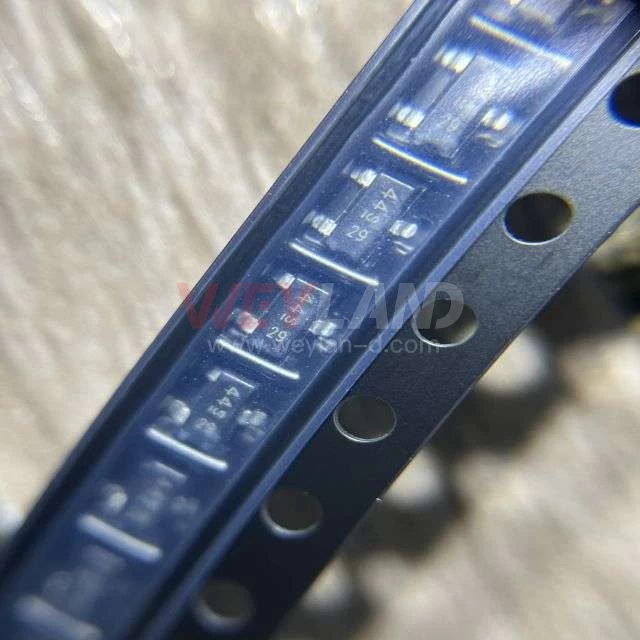
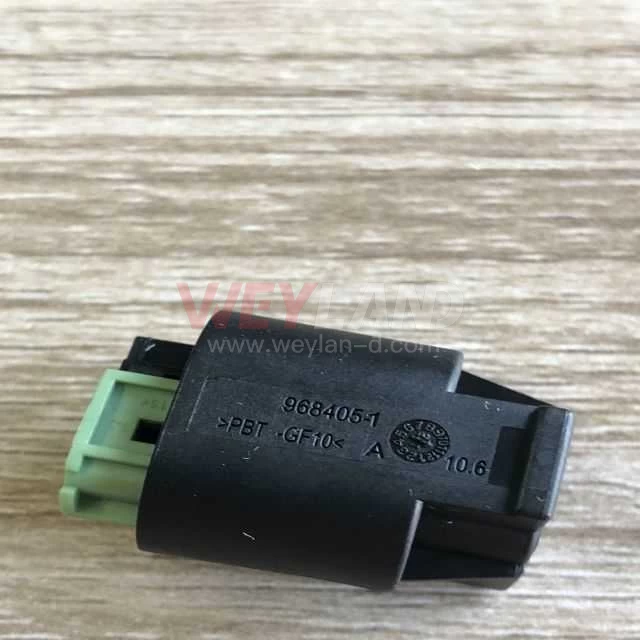
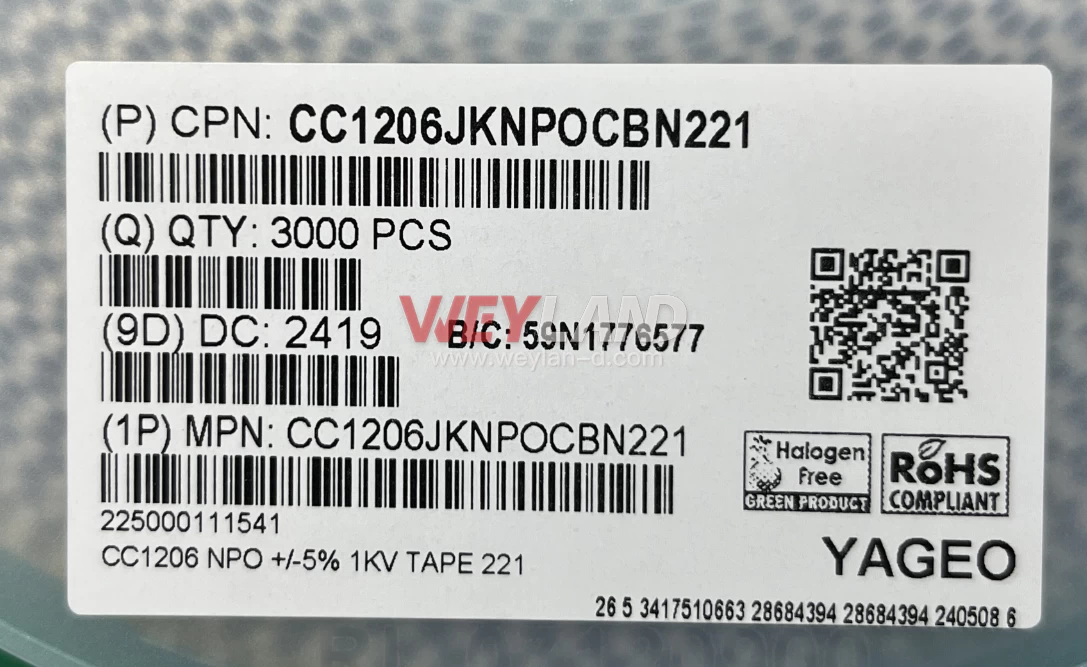



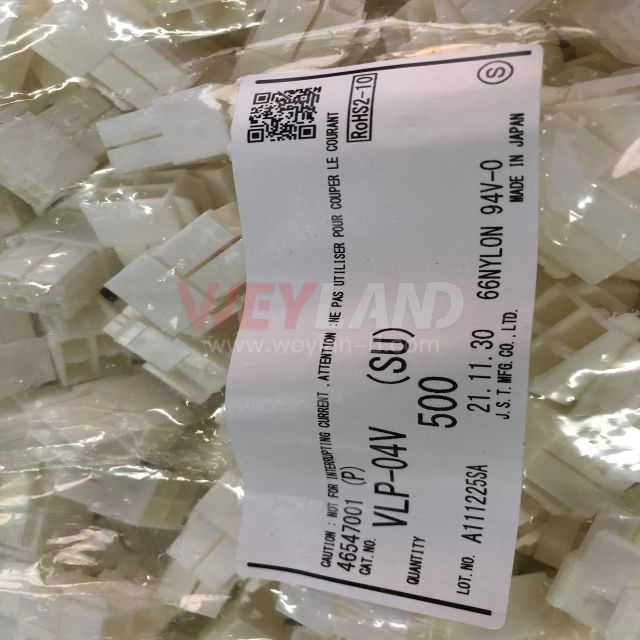
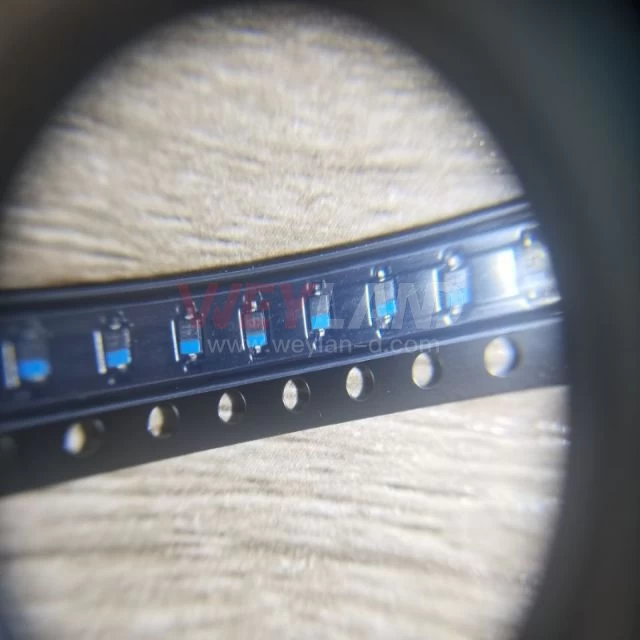
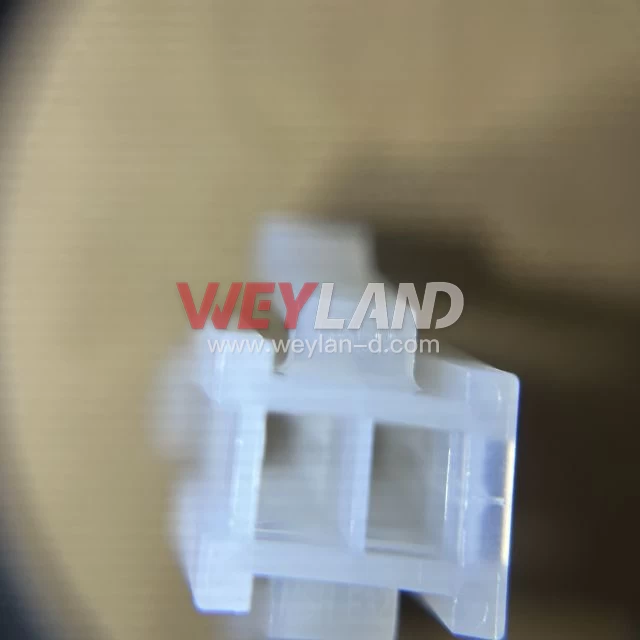
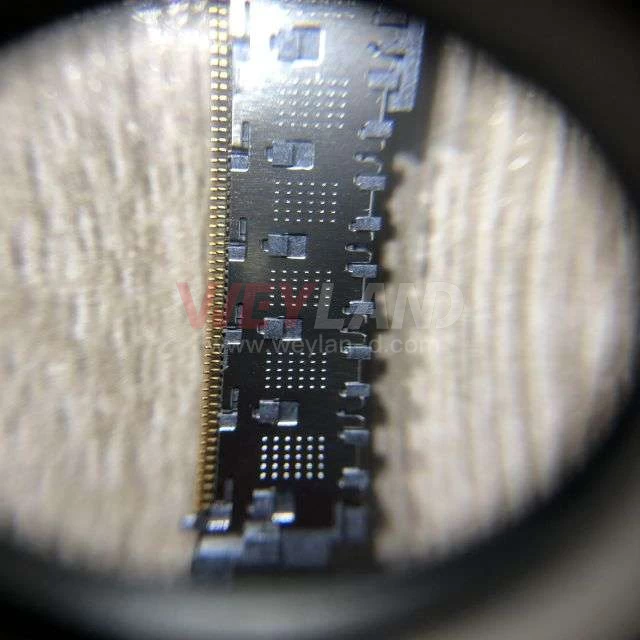
.9246509.png)












[email protected]
7500A BEACH ROAD #04-307 THE PLAZA SINGAPORE (199591)
RM 705.7/F.FA YUEN COMM BLDGNO.75-77.FA YUEN STREET.MONGKOK.KLN.HONG KONG
